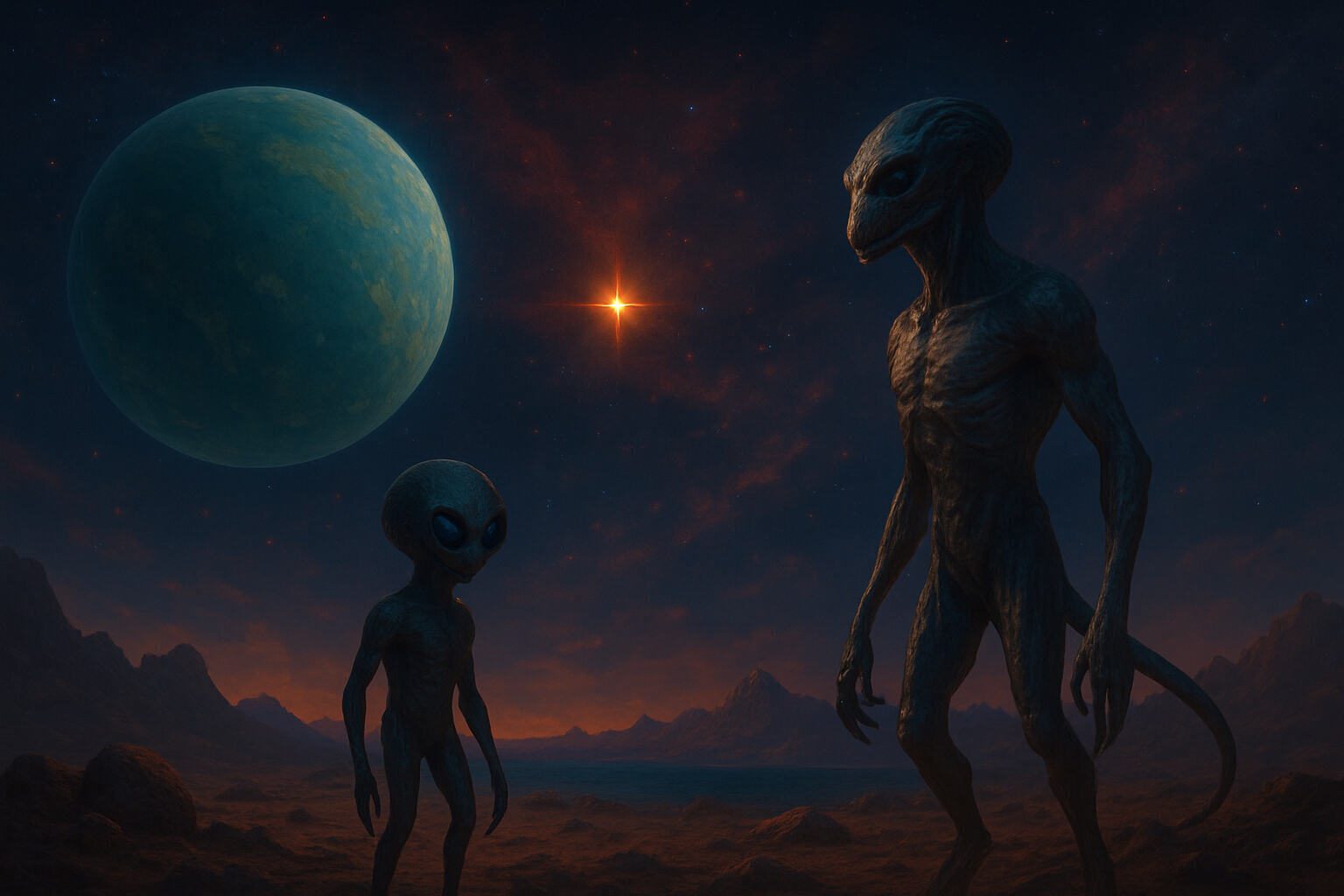In the past three decades, astronomers have confirmed the existence of thousands of planets orbiting stars beyond our solar system. Known as exoplanets, these distant worlds have shattered our assumptions about the universe and offered glimpses into environments more bizarre than any science fiction could imagine. From scorching gas giants to frozen waterworlds, each of these 15 alien planets is not just real—they’re scientific marvels that continue to reshape what we think is possible in the cosmos.
1. Kepler-22b

Kepler-22b made headlines as one of the first exoplanets found within its star’s habitable zone—a region where liquid water could potentially exist. Discovered by NASA’s Kepler mission in 2011, Kepler-22b orbits a sun-like star about 600 light-years away in the constellation Cygnus. The planet is roughly 2.4 times the radius of Earth, placing it in the category of “super-Earths.” While its exact composition is unknown, researchers believe Kepler-22b could have a rocky surface or be enveloped by a deep ocean.
Kepler-22b’s orbital period is about 290 days, not far off from Earth’s. Its discovery signaled a major breakthrough in the hunt for potentially habitable exoplanets, suggesting such worlds may be more common than previously thought. While no direct signs of life have been detected, its position within the habitable zone makes it a top candidate for future study and even speculation about extraterrestrial biology.
2. Proxima Centauri b
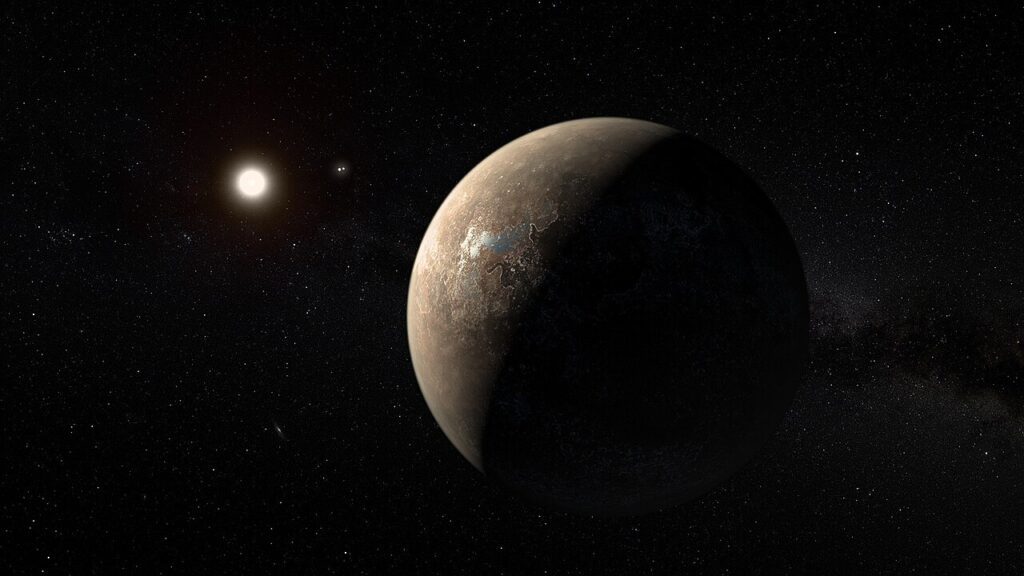
Located just 4.2 light-years away, Proxima Centauri b orbits our nearest stellar neighbor, Proxima Centauri. This planet is particularly intriguing because of its proximity and its placement within the star’s habitable zone. Proxima Centauri b is at least 1.17 times the mass of Earth, suggesting a potentially rocky composition.
The planet completes an orbit in just 11 days due to its close proximity to its cool, red dwarf star. However, Proxima Centauri is known for emitting powerful stellar flares, which could strip away an atmosphere and make habitability challenging. Nonetheless, the discovery of Proxima Centauri b has fueled plans for direct imaging and interstellar probe missions, given its relative closeness to our solar system.
3. HD 189733 b
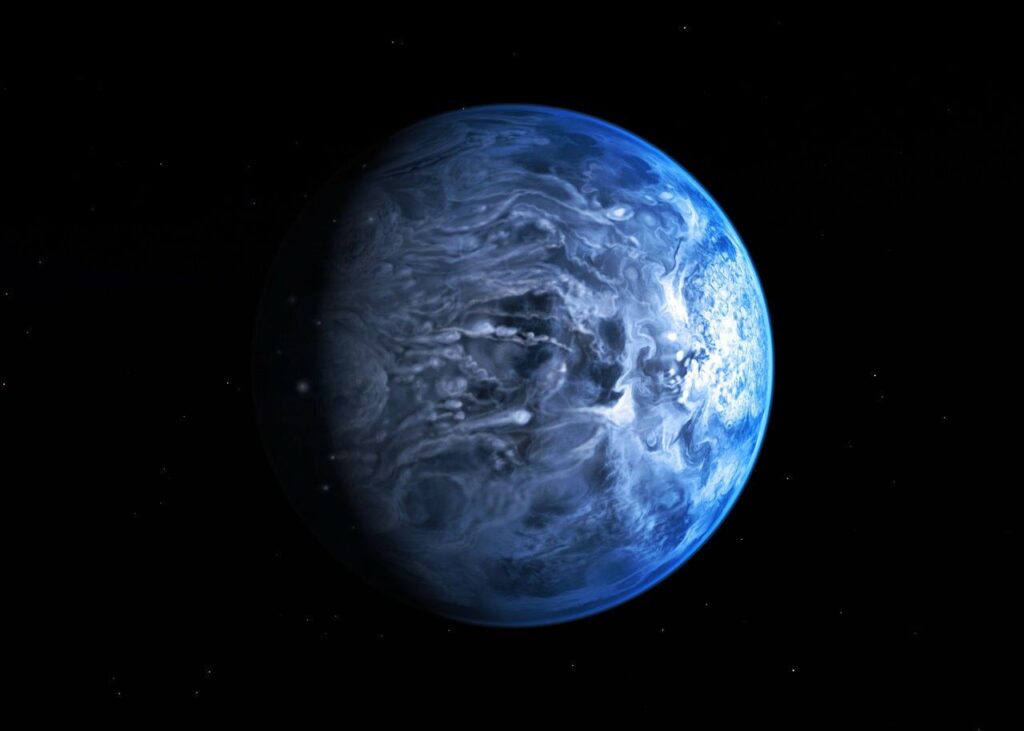
HD 189733 b is a textbook example of a “hot Jupiter”—a gas giant orbiting extremely close to its parent star. Located about 64 light-years away, this planet has a mass similar to Jupiter’s but whips around its star in just 2.2 days. What sets HD 189733 b apart is its vivid blue color, as observed by the Hubble Space Telescope.
The blue hue isn’t due to water, but rather to silicate particles in its atmosphere, which scatter blue light. Temperatures soar above 1,000°C (1,832°F), and violent glass rains may occur, blown sideways by winds of up to 5,400 mph. This bizarre environment offers a glimpse into the diversity of planetary atmospheres and the dramatic weather beyond Earth. Learn more from NASA’s Exoplanet Exploration Program.
4. TRAPPIST-1e
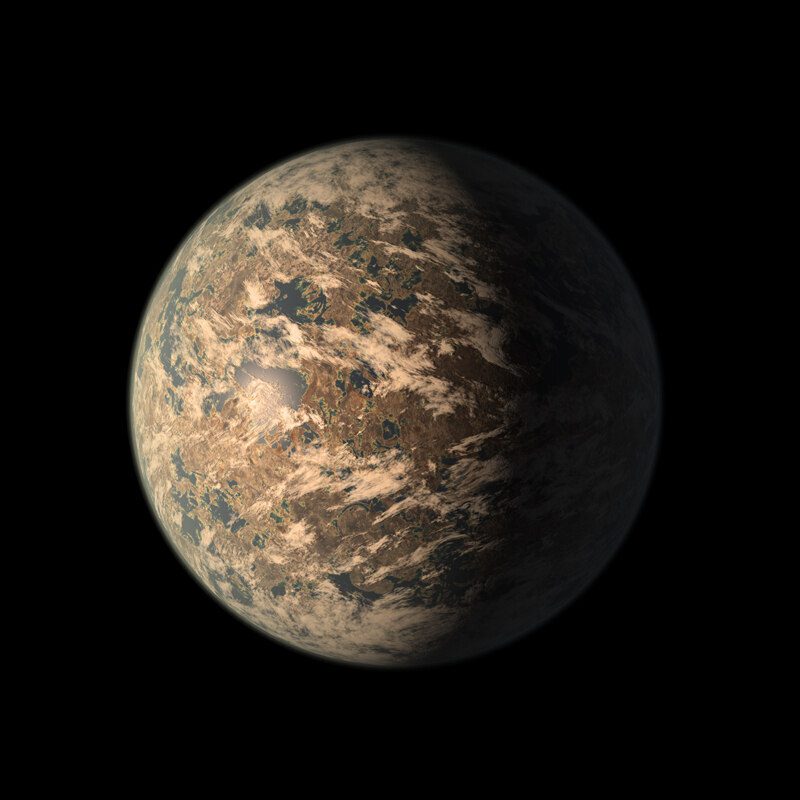
TRAPPIST-1e is one of seven Earth-sized planets orbiting the ultra-cool dwarf star TRAPPIST-1, located 39 light-years from Earth. What makes TRAPPIST-1e exceptional is its position in the star’s habitable zone and its similarity in size and mass to Earth. Astronomers believe TRAPPIST-1e could have a rocky surface and may support liquid water.
The entire TRAPPIST-1 system is notable for its tightly packed planets, all closer to their star than Mercury is to our sun. This arrangement allows for detailed comparative planetology. Ongoing observations by the James Webb Space Telescope are aimed at detecting atmospheres or potential biosignatures on these worlds. Read about the TRAPPIST-1 system on ESA’s website.
5. WASP-12b

WASP-12b is one of the most intensely studied hot Jupiters due to its extremely close orbit around its host star, just 1.1 days per revolution. This exoplanet, located 1,400 light-years away, is being stretched into an egg shape by tidal forces and is slowly being consumed by its star.
Temperatures on WASP-12b reach a staggering 2,500°C (4,500°F), causing its atmosphere to puff out and lose mass. Astronomers have detected water, carbon monoxide, and other exotic molecules in its skies, offering insights into atmospheric chemistry under extreme conditions. NASA’s Hubble mission has provided crucial data on the ongoing destruction of this remarkable planet.
6. 55 Cancri e
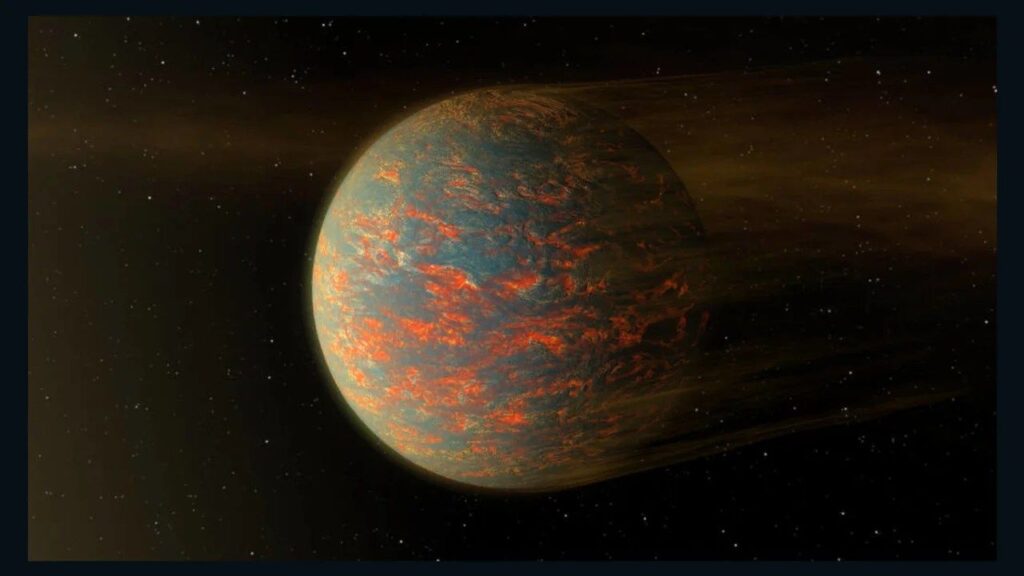
Dubbed the “diamond planet,” 55 Cancri e is a super-Earth twice the size of our own and orbits its parent star in just 18 hours. Located about 41 light-years away in the constellation Cancer, it has a mass about eight times that of Earth. Scientists believe 55 Cancri e may contain vast amounts of carbon, possibly in the form of diamond.
The planet is tidally locked, meaning one side always faces its sun, resulting in temperature extremes. Surface temperatures exceed 2,000°C (3,600°F). The possibility of a carbon-rich composition has made 55 Cancri e a favorite for theorists speculating about exotic geology. Read more in this Nature article.
7. GJ 1214 b
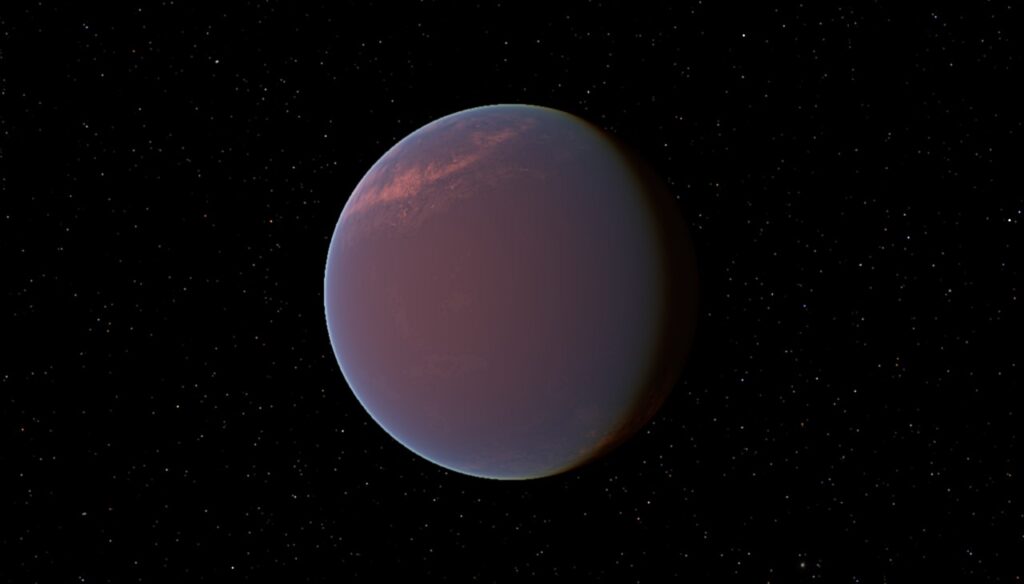
GJ 1214 b, discovered in 2009, is a “mini-Neptune” about 2.7 times Earth’s diameter and orbits a red dwarf star 48 light-years away. What sets this planet apart is its potential to have a deep, steamy water-rich atmosphere—or even be covered by a global ocean.
Its thick atmosphere likely contains water vapor, as observed by transmission spectroscopy. GJ 1214 b provides a valuable opportunity to study non-Earth-like planetary atmospheres and understand how water worlds might form and evolve. Ongoing observations by the James Webb Space Telescope may finally unlock the mysteries of its steamy shroud. Read more at NASA’s Exoplanet Catalog.
8. Kepler-16b

Kepler-16b made headlines as the first confirmed planet to orbit two stars—a real-life “Tatooine” reminiscent of Star Wars. Located about 200 light-years away, Kepler-16b is a gas giant similar to Saturn and experiences dramatic sunrises and sunsets as its two suns dance across the sky.
Though too cold for life as we know it, the planet’s discovery proves that circumbinary planets can form and persist, broadening our understanding of planetary system architectures. The story of Kepler-16b was covered by NASA and continues to inspire studies of binary star systems.
9. HD 209458 b (“Osiris”)
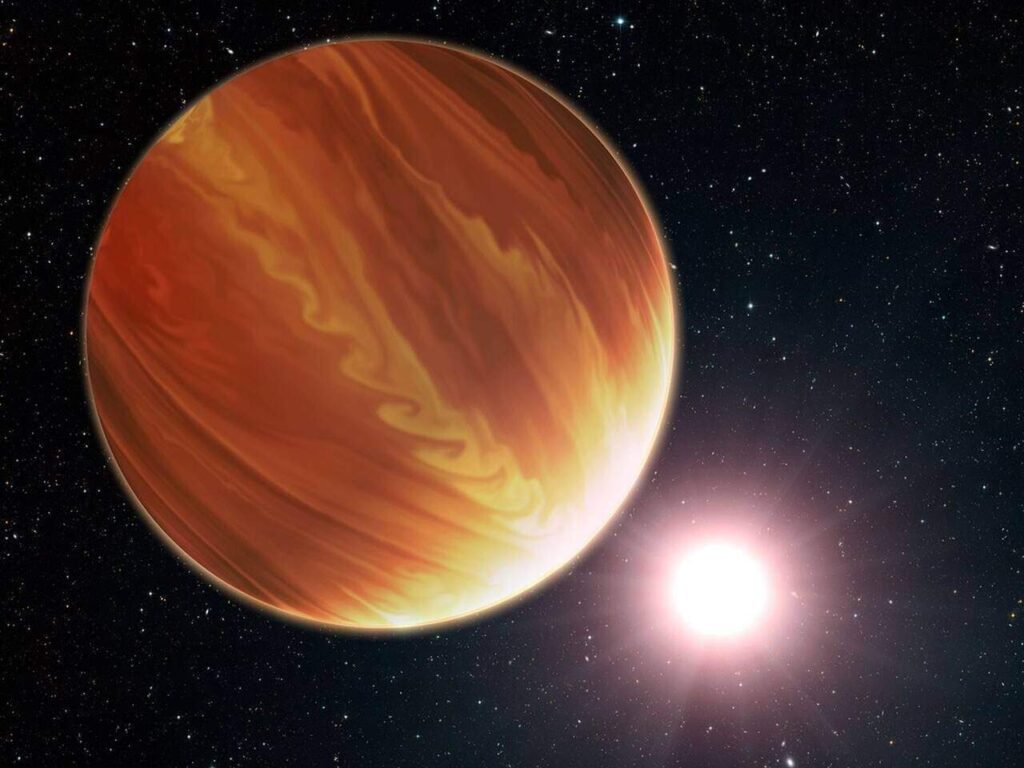
HD 209458 b, nicknamed “Osiris,” was the first exoplanet observed to transit its star, allowing for unprecedented study of its atmosphere. This hot Jupiter, about 150 light-years from Earth, has been found to have a bloated atmosphere that is literally evaporating into space.
Ultraviolet observations detected hydrogen, oxygen, and carbon streaming away, forming a vast comet-like tail. The planet’s extreme atmospheric loss makes Osiris a natural laboratory for studying how planets interact with their stellar environments. Read more on the European Space Agency’s site.
10. LHS 1140 b
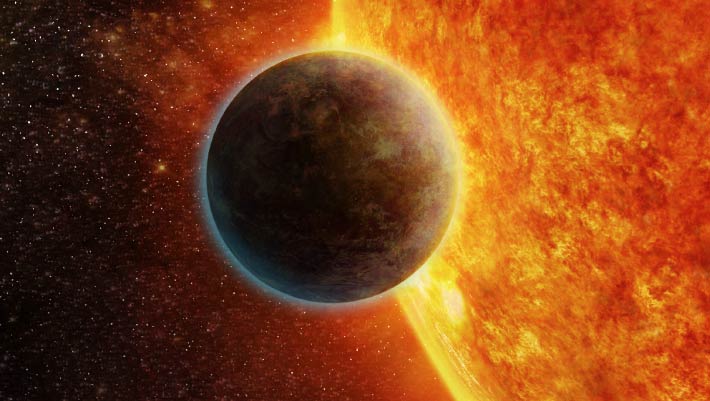
LHS 1140 b is a rocky “super-Earth” orbiting a red dwarf star 40 light-years away. It sits squarely within its star’s habitable zone and has a mass nearly seven times that of Earth, suggesting a dense, rocky composition. Because it transits its star, scientists can probe its atmosphere for potential signs of habitability.
The planet’s slower rotation and higher mass make it especially interesting for climate modeling. Recent observations hint at a possible atmosphere, making LHS 1140 b a prime target for the search for life. Learn more from the Harvard-Smithsonian Center for Astrophysics.
11. K2-18b
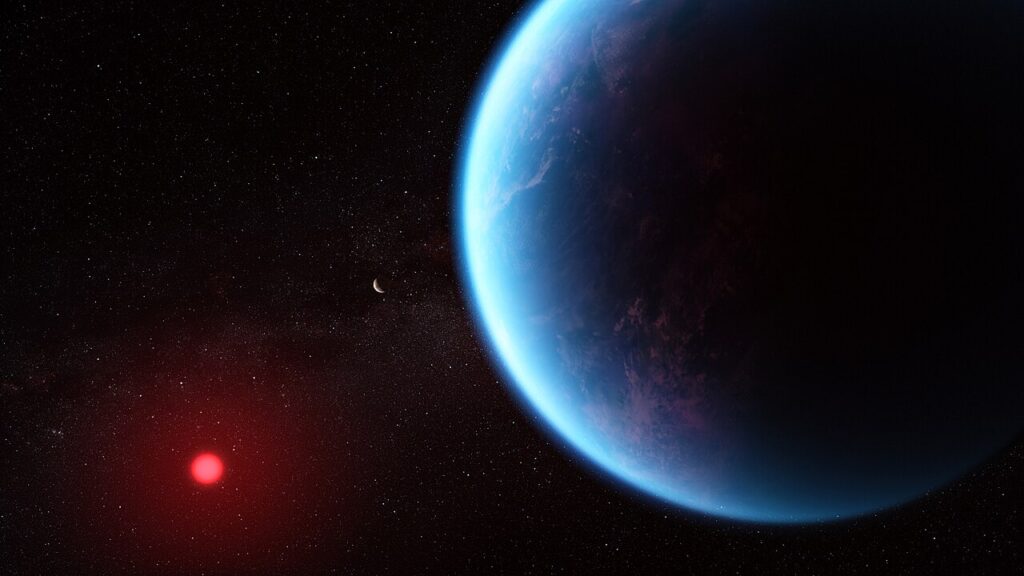
K2-18b orbits a red dwarf 124 light-years away and has sparked excitement as one of the few known exoplanets where water vapor has been detected in its atmosphere. This mini-Neptune is about 2.7 times the size of Earth and lies within its star’s habitable zone.
The detection of water vapor was confirmed by Hubble in 2019, raising hopes that planets of this size could support life. The composition of K2-18b’s atmosphere and its potential for liquid water remain topics of active research.
12. WASP-39b

WASP-39b is a hot Saturn-mass planet 700 light-years away, famous for being the first exoplanet whose atmosphere was found to contain carbon dioxide by the James Webb Space Telescope. The planet is puffed up due to its high temperature and orbits its star in just four days.
Detailed atmospheric studies have revealed sodium, potassium, and even evidence of photochemistry at work, demonstrating the power of next-generation telescopes. Read about WASP-39b’s discoveries on the Webb Telescope site.
13. Gliese 581g (Controversial)
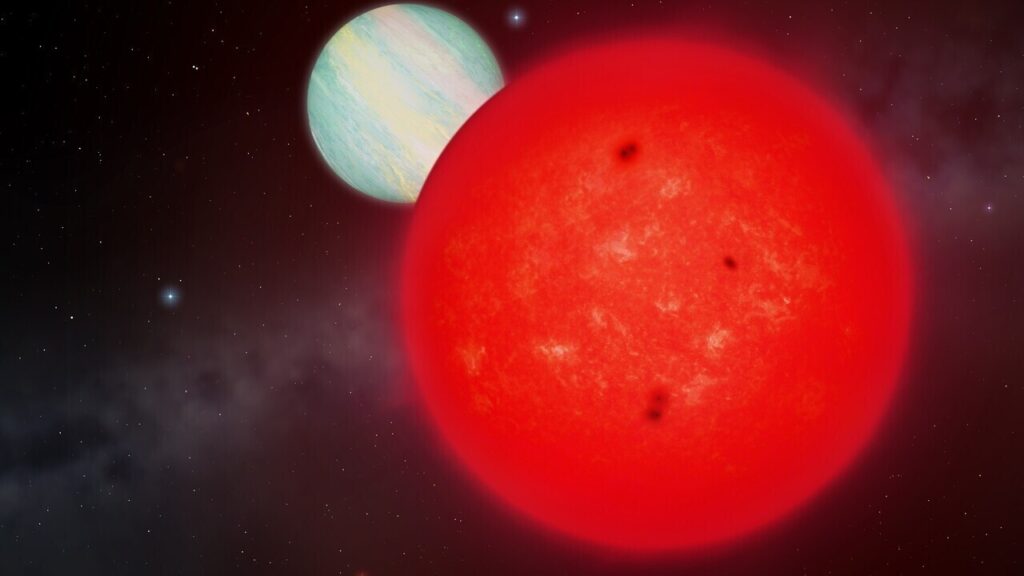
Gliese 581g once captivated the scientific community as a potentially habitable super-Earth orbiting the red dwarf Gliese 581, 20 light-years away. It was initially announced in 2010, but its existence remains controversial due to disputed data. If real, Gliese 581g would orbit comfortably in the habitable zone and be an excellent candidate for life.
The debate around Gliese 581g highlights the challenges of exoplanet detection and the need for confirmation through multiple observations. Despite the uncertainty, its tantalizing prospects keep it on the list. See more on the debate via Scientific American.
14. Kepler-452b
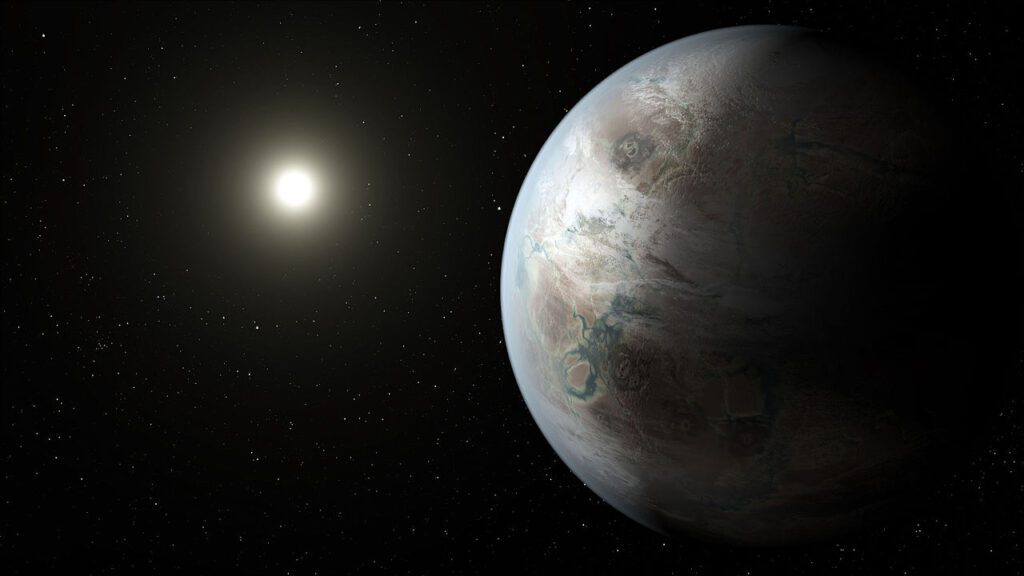
Kepler-452b is often referred to as “Earth’s cousin” due to its Earth-like orbit and size. Located 1,400 light-years away, it is about 60% larger than Earth and orbits a sun-like star in 385 days. Its position within the habitable zone and the age of its star (6 billion years) offer the possibility for long-term stability and, perhaps, life.
Although Kepler-452b is likely a super-Earth with a thick atmosphere, its discovery was hailed as a milestone in the search for Earth analogs and continues to inform the design of future exoplanet-hunting missions.
15. TOI-700 d
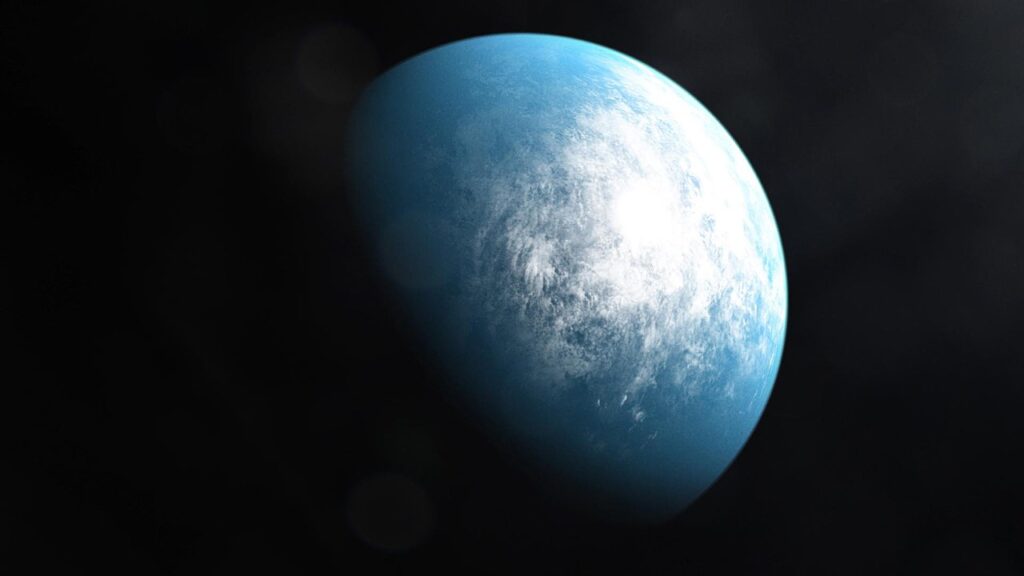
TOI-700 d is one of the most promising potentially habitable exoplanets found by NASA’s TESS mission. Located 101 light-years away, it is roughly Earth-sized and orbits its cool M-dwarf star in the habitable zone, where conditions might allow for liquid water.
TOI-700 d’s orbit takes 37 days, and it receives about 86% of the stellar energy Earth gets from the Sun. This makes it a standout candidate for further study with telescopes like James Webb, as scientists seek atmospheric clues about habitability. Read NASA’s announcement.
These 15 alien planets not only exist but have become icons of exoplanetary science, each expanding our view of what worlds—and life—might be possible across the galaxy.
Disclaimer: This article is for informational purposes only. Scientific discoveries and planetary data are continually evolving. For the latest research, consult official sources and peer-reviewed publications.

